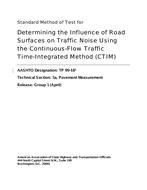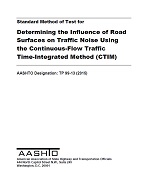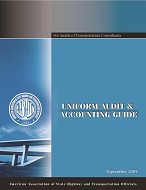Description
Weigh-in-Motion (WIM) is the process of measuring the dynamic forces of moving vehicle tires on pavements and estimating the corresponding tire loads of the static vehicle. The dynamic forces of moving vehicles include the effects of road surface roughness and are modified by vehicle characteristics such as spring and un-spring mass, tire inflation pressures, out-of-round or dynamically unbalanced wheels and tires, suspension damping, and the vehicles’ aerodynamic characteristics. The smoothness of the pavement surface in WIM Systems directly affects the scale’s ability to accurately estimate static loads from measured dynamic forces. Lack of smoothness creates difficulties in calibrating WIM equipment and may cause poor results from subsequent vehicle weight data collection efforts.
WIM system pavement smoothness is characterized by the output of a Class I profiler collecting data at 25 mm [1 in.] intervals. The data produced by such a profiler will approximate the actual perpendicular deviation of the pavement surface from an established horizontal reference parallel to the lane direction in the wheel tracks.
The specification requires field collection of pavement profile information of a WIM System or of a candidate WIM site. Computer software is then used to calculate indices of long- and short-range pavement surface roughness that have been correlated to distributions of tandem axle and gross vehicle weight error levels through extensive simulations of truck dynamic loading over measured profiles. Acceptable index levels are based on ensuring to a 95 percent level of confidence that the WIM System roughness will not produce errors that exceed the tolerance level limits recommended by ASTM.
The profiler test vehicle, as well as all attachments to it, shall comply with all applicable state and federal laws. Necessary precautions imposed by laws and regulations, as well as vehicle manufacturers, shall be taken to ensure the safety of operating personnel and other traffic.
Product Details
- Published:
- 08/01/2012
- Number of Pages:
- 11
- File Size:
- 1 file , 790 KB




